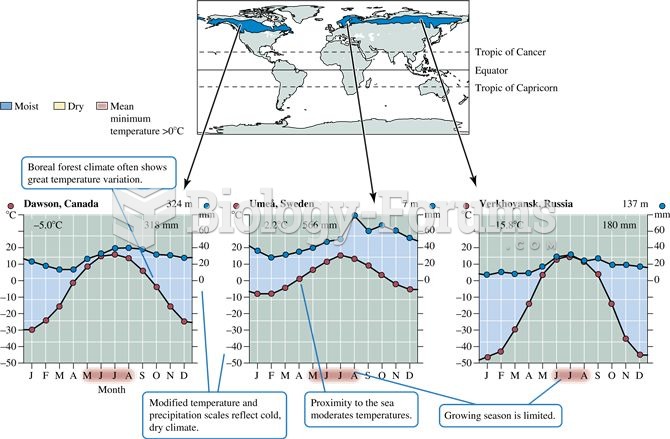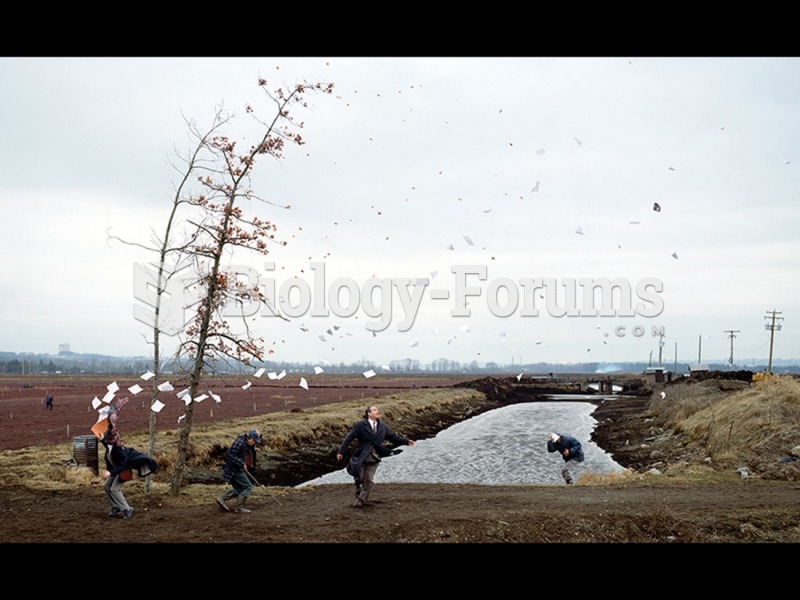Answer to Question 1
At many locations, the wind blows more frequently from one direction than from any other. Prevailing wind is the name given to the wind direction most often observed during a given time period in a certain area. Prevailing winds can greatly affect the climate of a region. For example, if prevailing winds are upslope, the rising, cooling air makes clouds, fog, and precipitation more likely than where the winds are downslope. In city planning, the prevailing wind can help decide where to build such things as industrial centers, factories, city dumps, and sewage treatment plants, all of which would ideally be located so winds do not carry pollutants and smells into populated areas. With residential building, prevailing wind would be considered in order to maximize comfort and energy efficiency.
Answer to Question 2
Wind direction and pressure patterns can be determined from the ground by observing middle- and high-level clouds. For example, in the Northern Hemisphere, if clouds are observed moving from southwest to northeast at approximately 3,000 m it would indicate that winds at this level are southwesterly. We know that when looking downwind, geostrophic wind blows parallel to isobars, with lower pressure on the left and higher pressure on the right. Therefore, when standing with backs to the direction from which the clouds are moving, lower pressure aloft will always be to the left and higher pressure to the right. From these observations, wind direction and pressure patterns aloft (at approximately 3,000 m), can be determined







